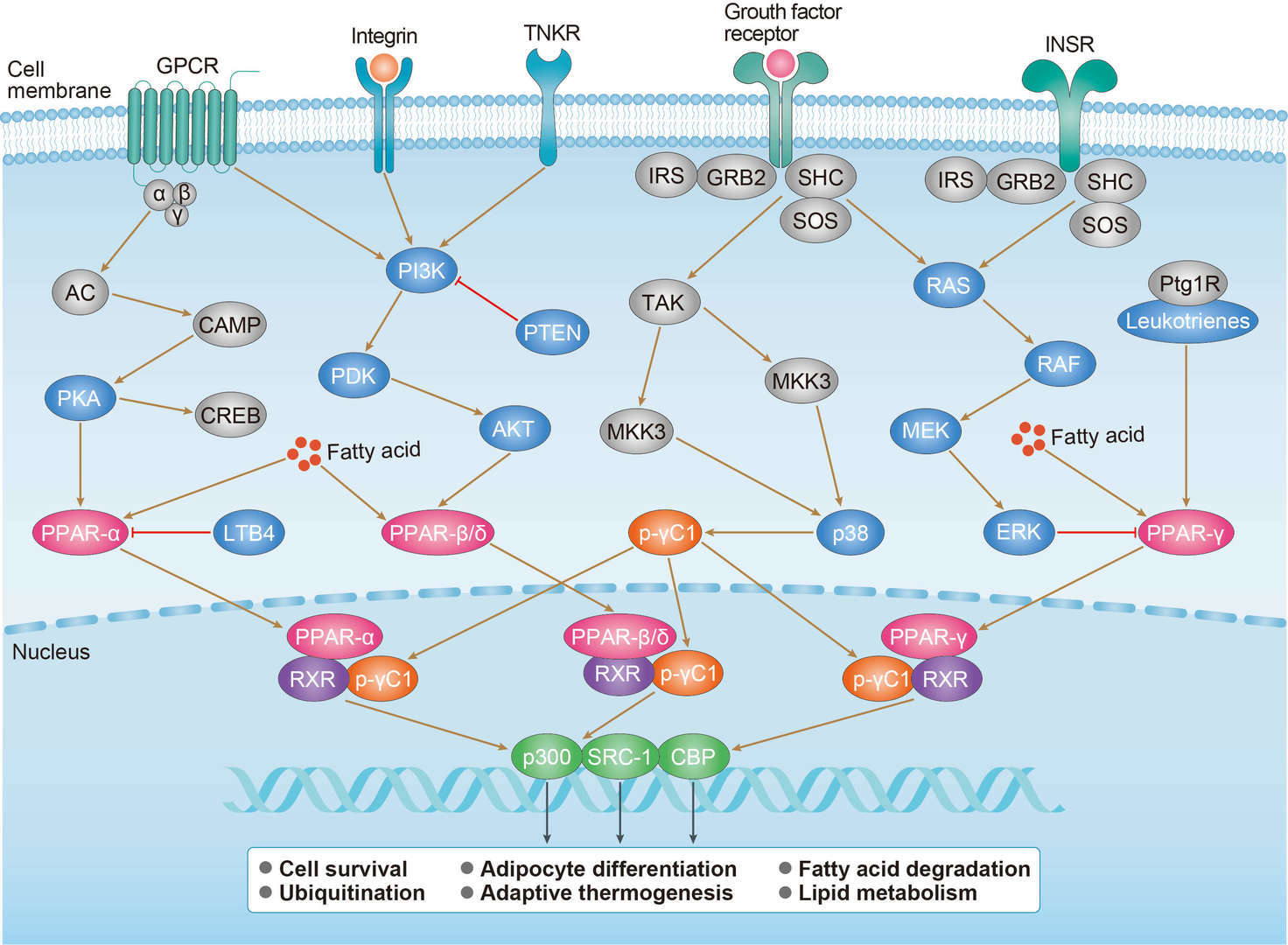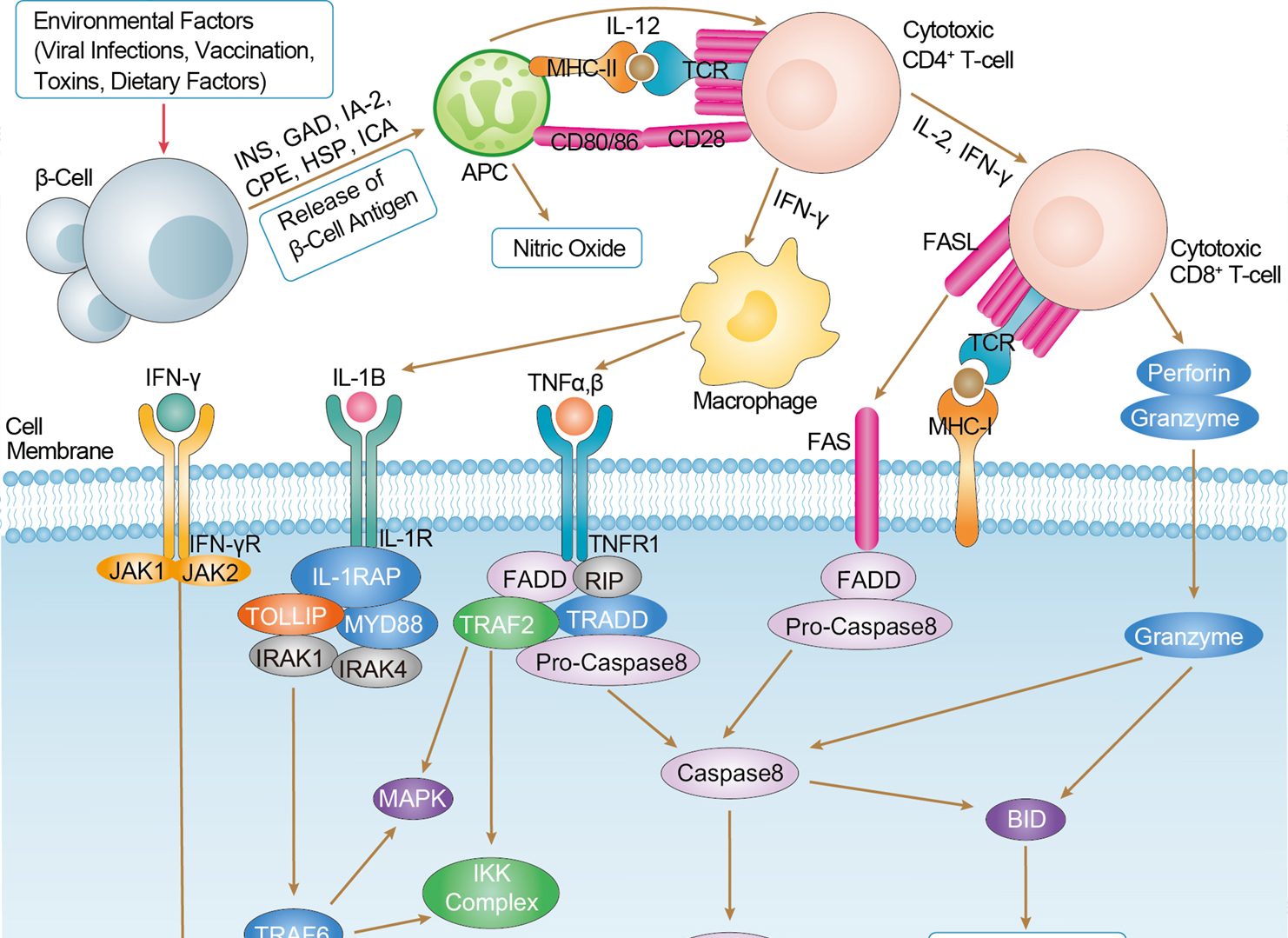Afuco™ Anti-Human INSR ADCC Recombinant Antibody (AGT-182), ADCC Enhanced
CAT#: AFC-423CL
Anti-INSR ADCC Enhanced Antibody (AGT-182) is an ADCC enhanced antibody produced by our Afuco™ platform. AGT‑182 is an investigational enzyme replacement therapy (ERT) for the treatment of neurological complications in patients with Hunter syndrome. Currently approved treatments for Hunter syndrome do not penetrate the BBB and therefore do not address the severe and progressive neurological complications of the disease. AGT-182 is a fusion protein of iduronate-2-sulfatase (IDS), engineered to cross the BBB by binding to insulin receptors located on the BBB. AGT‑182 crosses the BBB safely at unprecedented levels.










Specifications
- Host Species
- Human
- Type
- ADCC enhanced antibody
- Species Reactivity
- Human
- Related Disease
- Hunter Syndrome
Product Property
- Purity
- >95% as determined by analysis by SDS-PAGE
- Storage
- Store at 4°C for up to 3 months. For longer term storage aliquot into small volumes and store at -20°C.
Target
Customer Review
There are currently no Customer reviews or questions for AFC-423CL. Click the button above to contact us or submit your feedback about this product.
Submit Your Publication
Published with our product? Submit your paper and receive a 10% discount on your next order! Share your research to earn exclusive rewards.
Related Signaling Pathways
Related Diseases
Downloadable Resources
Download resources about recombinant antibody development and antibody engineering to boost your research.
Product Notes
This is a product of Creative Biolabs' Hi-Affi™ recombinant antibody portfolio, which has several benefits including:
• Increased sensitivity
• Confirmed specificity
• High repeatability
• Excellent batch-to-batch consistency
• Sustainable supply
• Animal-free production
See more details about Hi-Affi™ recombinant antibody benefits.
Datasheet
MSDS
COA
Certificate of Analysis LookupTo download a Certificate of Analysis, please enter a lot number in the search box below. Note: Certificate of Analysis not available for kit components.
See other products for "INSR"
Select a product category from the dropdown menu below to view related products.
| CAT | Product Name | Application | Type |
|---|---|---|---|
| TAB-441CL | Human Anti-INSR Recombinant Antibody (TAB-441CL) | ELISA | Human IgG |
| CAT | Product Name | Application | Type |
|---|---|---|---|
| PSBL-246 | Mouse Anti-INSR Recombinant Antibody (clone 83-7); scFv Fragment | WB, ELISA, FuncS | Mouse scFv |
| HPAB-2351LY-S(P) | Human Anti-INSR Recombinant Antibody; scFv Fragment (HPAB-2351LY-S(P)) | ELISA, WB | Humanized scfv |
| HPAB-2352LY-S(P) | Human Anti-INSR Recombinant Antibody; scFv Fragment (HPAB-2352LY-S(P)) | ELISA, WB | Humanized scfv |
| HPAB-2353LY-S(P) | Human Anti-INSR Recombinant Antibody; scFv Fragment (HPAB-2353LY-S(P)) | ELISA, WB | Humanized scfv |
| HPAB-2354LY-S(P) | Human Anti-INSR Recombinant Antibody; scFv Fragment (HPAB-2354LY-S(P)) | ELISA, WB | Humanized scfv |
| CAT | Product Name | Application | Type |
|---|---|---|---|
| PFBL-246 | Mouse Anti-INSR Recombinant Antibody (clone 83-7); Fab Fragment | WB, ELISA, FuncS | Mouse Fab |
| HPAB-2351LY-F(E) | Human Anti-INSR Recombinant Antibody; Fab Fragment (HPAB-2351LY-F(E)) | ELISA, WB | Humanized Fab |
| HPAB-2352LY-F(E) | Human Anti-INSR Recombinant Antibody; Fab Fragment (HPAB-2352LY-F(E)) | ELISA, WB | Humanized Fab |
| HPAB-2353LY-F(E) | Human Anti-INSR Recombinant Antibody; Fab Fragment (HPAB-2353LY-F(E)) | ELISA, WB | Humanized Fab |
| HPAB-2354LY-F(E) | Human Anti-INSR Recombinant Antibody; Fab Fragment (HPAB-2354LY-F(E)) | ELISA, WB | Humanized Fab |
| CAT | Product Name | Application | Type |
|---|---|---|---|
| PABZ-083 | Mouse Anti-INSR Recombinant Antibody (clone 83-14) | WB, FuncS | Mouse IgG |
| FAMAB-1171CQ | Human Anti-INSR Recombinant Antibody (clone IR 18-146) | FC | Human IgG1 |
| FAMAB-1172CQ | Human Anti-INSR Recombinant Antibody (clone IR 47-46) | Block, IB, IP | Human IgG1 |
| FAMAB-1173CQ | Human Anti-INSR Recombinant Antibody (clone IR 83-22) | IB, Inhib, IP | Human IgG1 |
| FAMAB-1174CQ | Human Anti-INSR Recombinant Antibody (clone IR 25-49) | Block, IP, Stim | Human IgG1 |
| CAT | Product Name | Application | Type |
|---|---|---|---|
| TAB-711LC | Human Anti-INSR Recombinant Antibody (TAB-711LC) | ELISA, FC, FuncS | Human IgG |
| TAB-711LC-S(P) | Human Anti-INSR Recombinant Antibody; scFv Fragment (TAB-711LC-S(P)) | ELISA, FC | Human scFv |
| TAB-712LC-S(P) | Human Anti-INSR Recombinant Antibody; scFv Fragment (TAB-712LC-S(P)) | ELISA, FC | Human scFv |
| TAB-711LC-F(E) | Human Anti-INSR Recombinant Antibody; Fab Fragment (TAB-711LC-F(E)) | ELISA, FC | Human Fab |
| TAB-712LC-F(E) | Human Anti-INSR Recombinant Antibody; Fab Fragment (TAB-712LC-F(E)) | ELISA, FC | Human Fab |
| CAT | Product Name | Application | Type |
|---|---|---|---|
| PABX-124 | Recombinant Mouse Anti-IR Antibody (Fab83-14) | Neut, FuncS | IgG |
| PABX-125 | Recombinant Mouse Anti-IR Antibody (Fab83-7) | WB, ELISA, FuncS | IgG |
| PABX-124-F (E) | Recombinant Mouse Anti-IR Antibody Fab Fragment (Fab83-14 ) | Neut, FuncS | Fab |
| PABX-125-F (E) | Recombinant Mouse Anti-IR Antibody Fab Fragment (Fab83-7 ) | WB, ELISA, FuncS | Fab |
| CAT | Product Name | Application | Type |
|---|---|---|---|
| MHC-LC1205 | PE-H-2Kb/Mouse Insr (GNYSFYAL) MHC Tetramer | FCM | |
| MHC-LC1206 | APC-H-2Kb/Mouse Insr (GNYSFYAL) MHC Tetramer | FCM | |
| MHC-LC1207 | BV421-H-2Kb/Mouse Insr (GNYSFYAL) MHC Tetramer | FCM |
| CAT | Product Name | Application | Type |
|---|---|---|---|
| NEUT-1533CQ | Mouse Anti-INSR Recombinant Antibody (NEUT-1533CQ) | Inhib, IP | Mouse IgG2a |
| NEUT-1535CQ | Mouse Anti-INSR Recombinant Antibody (clone 47-9) | FC, Block, WB | Mouse IgG1 |
| NEUT-1536CQ | Mouse Anti-INSR Recombinant Antibody (clone 18-44) | FC, ICC, IF, Block, FuncS, IP, WB | Mouse IgG2b |
| CAT | Product Name | Application | Type |
|---|---|---|---|
| NEUT-1534CQ | Mouse Anti-INSR Recombinant Antibody (clone 29B4) | IP, Neut | Mouse IgG1 |
| CAT | Product Name | Application | Type |
|---|---|---|---|
| MOR-1844 | Rabbit Anti-INSR Recombinant Antibody (clone DS1844AB) | ICC, IP, WB | Rabbit IgG |
| MOR-4630 | Rabbit Anti-INSR Recombinant Antibody (clone TH143DS) | WB | Rabbit IgG |
| MOR-4688 | Rabbit Anti-INSR Recombinant Antibody (clone TH202DS) | WB, FC | Rabbit IgG |
| CAT | Product Name | Application | Type |
|---|---|---|---|
| VS-0424-XY155 | AbPlus™ Anti-INSR Magnetic Beads (1.B.109) | IP, Protein Purification |
| CAT | Product Name | Application | Type |
|---|---|---|---|
| VS-0225-XY148 | CytoStream™ Mouse Anti-INSR Recombinant Antibody (VS-0225-XY148) | FC | Mouse IgG1, kappa |
| CAT | Product Name | Application | Type |
|---|---|---|---|
| VS-0325-FY78 | Mouse Anti-INSR scFv-Fc Chimera (VS-0325-FY78) | IA | Mouse IgG1, scFv-Fc |
| CAT | Product Name | Application | Type |
|---|---|---|---|
| VS-0425-YC382 | Recombinant Anti-INSR Vesicular Antibody, EV Displayed (VS-0425-YC382) | ELISA, FC, Neut, Cell-uptake |
| CAT | Product Name | Application | Type |
|---|---|---|---|
| VS-0525-XY3571 | Anti-INSR Immunohistochemistry Kit | IHC | |
| VS-0525-XY3572 | Anti-Human INSR Immunohistochemistry Kit | IHC |
| CAT | Product Name | Application | Type |
|---|---|---|---|
| VS-0525-YC114 | Recombinant Anti-INSR (AA 191-290 x AA 485-592) Biparatopic Antibody, Tandem scFv (Clone IR 18-146 x Clone IR 47-46) | ELISA | Tandem scFv |
Popular Products

Application: FuncS, IF, Neut, ELISA, FC, IP, ICC

Application: WB, FC, IP, ELISA, Neut, FuncS, IF

Application: WB, ELISA, IP, FC, FuncS, Neut, IF

Application: Neut, ELISA, IF, IP, FuncS, FC, ICC

Application: FC, IP, ELISA, Neut, FuncS, IF, WB

Application: Neut, ELISA, IF, IP, FuncS, FC, ICC

Application: FuncS, IF, Neut, ELISA, FC, IP, IHC

Application: ELISA, Inhib, FuncS

Application: ELISA, Neut
For research use only. Not intended for any clinical use. No products from Creative Biolabs may be resold, modified for resale or used to manufacture commercial products without prior written approval from Creative Biolabs.
This site is protected by reCAPTCHA and the Google Privacy Policy and Terms of Service apply.













 PPAR Signaling Pathway
PPAR Signaling Pathway
 Type I Diabetes Mellitus
Type I Diabetes Mellitus








-3-1.png)






